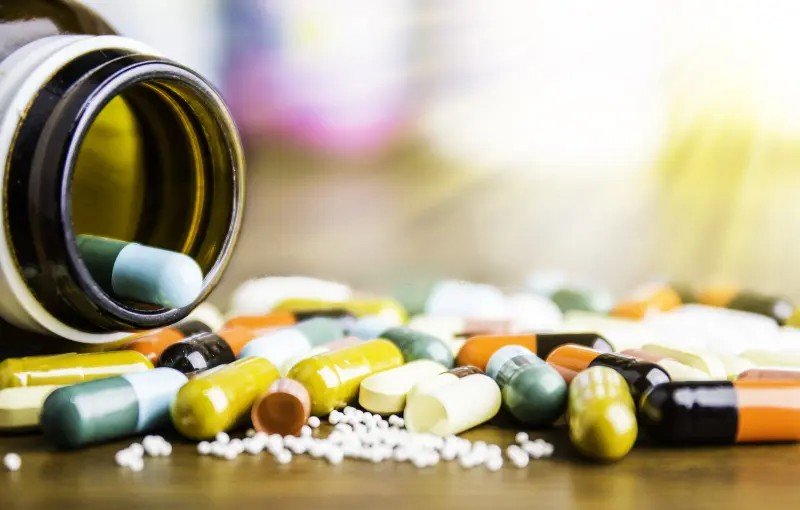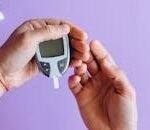-
Classification of colloids & comparative account of their general properties
Classification of colloids & comparative account of their general properties Colloidal dispersions, a cornerstone of physical pharmaceutics, are heterogeneous systems composed of particles dispersed in a continuous medium. Understanding the classification and comparative properties of colloids is essential for optimizing drug delivery, improving bioavailability, and ensuring product stability. This article will delve into the classification
-
Colloidal Dispersions: Classification of dispersed systems & their general characteristics, size & shapes of colloidal particles
Colloidal Dispersions: Classification of dispersed systems & their general characteristics, size & shapes of colloidal particles Colloidal dispersions, a cornerstone of physical pharmaceutics, are heterogeneous systems composed of particles dispersed in a continuous medium. These systems play a pivotal role in the formulation and delivery of pharmaceuticals. Understanding the classification, characteristics, size, and shape of
-
Sorensen’s pH Scale and pH Determination
Sorensen’s pH Scale and pH Determination In the realm of physical pharmaceutics, understanding the pH of solutions is crucial for the formulation, stability, and efficacy of pharmaceutical products. The pH scale, introduced by the Danish biochemist Søren Peter Lauritz Sorensen in 1909, has become an indispensable tool in both scientific research and industrial applications. This
-
Protein Binding, Complexation, and Drug Action
Protein Binding, Complexation, and Drug Action In the dynamic field of physical pharmaceutics, the concepts of protein binding, complexation, and drug action are fundamental to the development and optimization of pharmaceutical formulations. These processes significantly influence the pharmacokinetics and pharmacodynamics of drugs, affecting their efficacy and safety. This blog explores these critical aspects, providing a
-
Crystalline Structures of Complexes and Thermodynamic Treatment of Stability Constants
Crystalline Structures of Complexes and Thermodynamic Treatment of Stability Constants In the field of physical pharmaceutics, understanding the crystalline structures of complexes and the thermodynamic treatment of stability constants is crucial for the development of effective pharmaceutical formulations. These concepts play a significant role in determining the solubility, stability, and bioavailability of drugs. This blog
-
Pharmacy Practice MCQ- HLB Scale
Pharmacy Practice MCQ, in this article we will solve, Practice MCQ under subject Physical Pharmaceutics. Read following article for your reference. HLB Scale, Solubilization And Detergency » PHARMACAREERS Who developed the HLB scale? A) William C. Griffin B) Davies C) Ankur Choudhary D) None of the above What does HLB stand for? A) Hydrophilic-Lipophilic Balance B) Hydrophobic-Lipophilic Balance
-
Complexation: Mechanism and Applications
Complexation In the realm of physical pharmaceutics, complexation plays a pivotal role in enhancing the properties and efficacy of pharmaceutical compounds. Complexation refers to the process where molecules form a complex through covalent or non-covalent interactions. This phenomenon is crucial in drug formulation and delivery, as it can significantly influence the solubility, stability, and bioavailability
-
Pharmacy Practice MCQ
Pharmacy Practice MCQ, in this article we will solve, Practice MCQ under subject Physical Pharmaceutics. Read following article for your reference. Surface Active Agents (Surfactants) And Spreading Coefficient » PHARMACAREERS What is the primary function of surfactants? A) Increase surface tension B) Decrease surface tension C) Neutralize surface tension D) None of the above
-
HLB scale, solubilization and detergency
HLB scale, solubilization and detergency The Hydrophilic-Lipophilic Balance (HLB) scale is essential in formulating effective pharmaceutical and cosmetic products. It measures the balance between the water-loving and oil-loving parts of a surfactant molecule, influencing solubilization and detergency. Solubilization enhances the solubility of poorly soluble compounds, improving drug efficacy and bioavailability. Detergency, on the other hand,
-
Surface active agents (Surfactants) and Spreading coefficient
Surface active agents and Spreading coefficient Surface active agents, or surfactants, are compounds that reduce the surface tension between two phases, such as liquids, gases, or solids. These agents possess both hydrophilic (water-attracting) and hydrophobic (water-repelling) properties, allowing them to interact with different substances. Surfactants are widely used in various industries, including pharmaceuticals, cosmetics, and
Search
Recent Posts
- 2D Echo Test (Echocardiography): Uses, Procedure, Normal Values, Cost, and Clinical Importance
- The Ultimate Guide to Glucometers: Types & Uses Explained
- Mounjaro Injection (Tirzepatide): Uses, Dosage, Benefits, Side Effects & more
- Benefits of Walking for Heart and Diabetic Patients
- Bevacizumab Explained: Structure, Mechanism of Action, Clinical Uses, and Side Effects
Categories
- Biochemistry
- Biostatistics
- Biotechnology
- Blogs
- Chemistry
- Community Pharmacy
- Diagnostic tests
- Disease & Conditions
- Drug Index
- Featured Blog
- Hospital Pharmacy
- Human Anatomy And Physiology
- Inorganic Chemistry
- Lifestyle & Wellness
- Medicinal Chemistry
- Microbiology
- Miscellaneous
- Novel Drug delivery Systems
- Organic Chemistry
- Pathophysiology
- Pharma Instruments & Devices
- Pharma News & Updates
- Pharma Updates
- Pharmaceutical Analysis
- Pharmaceutical Jurisprudence
- Pharmaceutics
- Pharmacognosy
- Pharmacology
- Pharmacy
- practice mcq
- Previous Question Papers
- Social Pharmacy
- Study Material
Archive
- December 2025 (3)
- November 2025 (1)
- October 2025 (1)
- September 2025 (7)
- August 2025 (7)
- July 2025 (6)
- June 2025 (9)
- May 2025 (9)
- April 2025 (10)
- March 2025 (13)
- February 2025 (13)
- January 2025 (20)
- December 2024 (48)
- November 2024 (49)
- October 2024 (64)
- September 2024 (62)
- August 2024 (58)
- July 2024 (56)
- June 2024 (25)
- May 2024 (17)
- April 2024 (19)
- March 2024 (21)
- February 2024 (18)
- January 2024 (24)
- December 2023 (13)
Tags
biochemistry bpharmacy third semester Construction free practice mcq inorganic chemistry microbiology microbiology mcq pathophysiology Pharmaceutical Engineering pharmaceutics Pharmacology pharmacy practice mcq physical pharmaceutics physical pharmaceutics 2 practice MCQ for govt pharmacist exam





